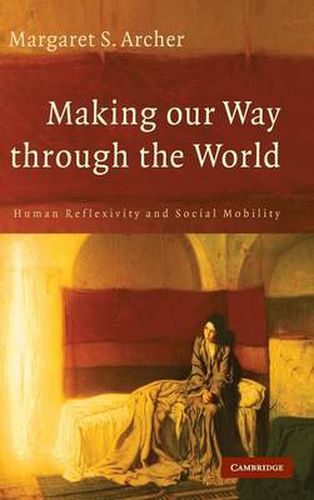Readings Newsletter
Become a Readings Member to make your shopping experience even easier.
Sign in or sign up for free!
You’re not far away from qualifying for FREE standard shipping within Australia
You’ve qualified for FREE standard shipping within Australia
The cart is loading…






How do we reflect upon ourselves and our concerns in relation to society, and vice versa? Human reflexivity works through ‘internal conversations’ using language, but also emotions, sensations and images. Most people acknowledge this ‘inner-dialogue’ and can report upon it. However, little research has been conducted on ‘internal conversations’ and how they mediate between our ultimate concerns and the social contexts we confront. In this book, Margaret Archer argues that reflexivity is progressively replacing routine action in late modernity, shaping how ordinary people make their way through the world. Using interviewees’ life and work histories, she shows how ‘internal conversations’ guide the occupations people seek, keep or quit; their stances towards structural constraints and enablements; and their resulting patterns of social mobility.
$9.00 standard shipping within Australia
FREE standard shipping within Australia for orders over $100.00
Express & International shipping calculated at checkout
How do we reflect upon ourselves and our concerns in relation to society, and vice versa? Human reflexivity works through ‘internal conversations’ using language, but also emotions, sensations and images. Most people acknowledge this ‘inner-dialogue’ and can report upon it. However, little research has been conducted on ‘internal conversations’ and how they mediate between our ultimate concerns and the social contexts we confront. In this book, Margaret Archer argues that reflexivity is progressively replacing routine action in late modernity, shaping how ordinary people make their way through the world. Using interviewees’ life and work histories, she shows how ‘internal conversations’ guide the occupations people seek, keep or quit; their stances towards structural constraints and enablements; and their resulting patterns of social mobility.